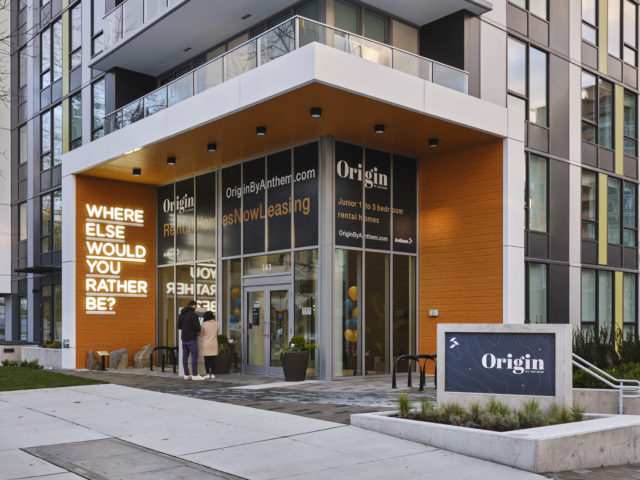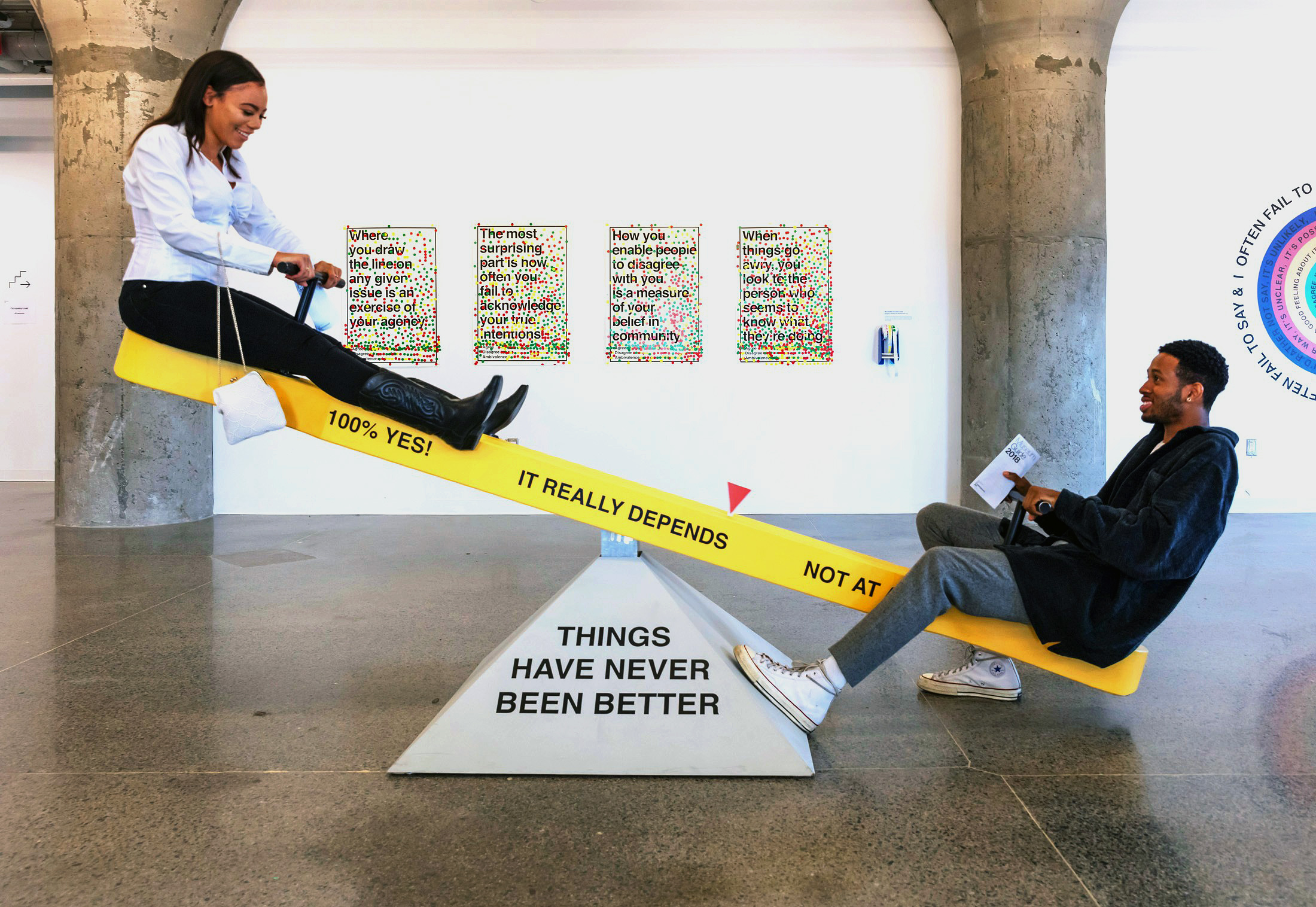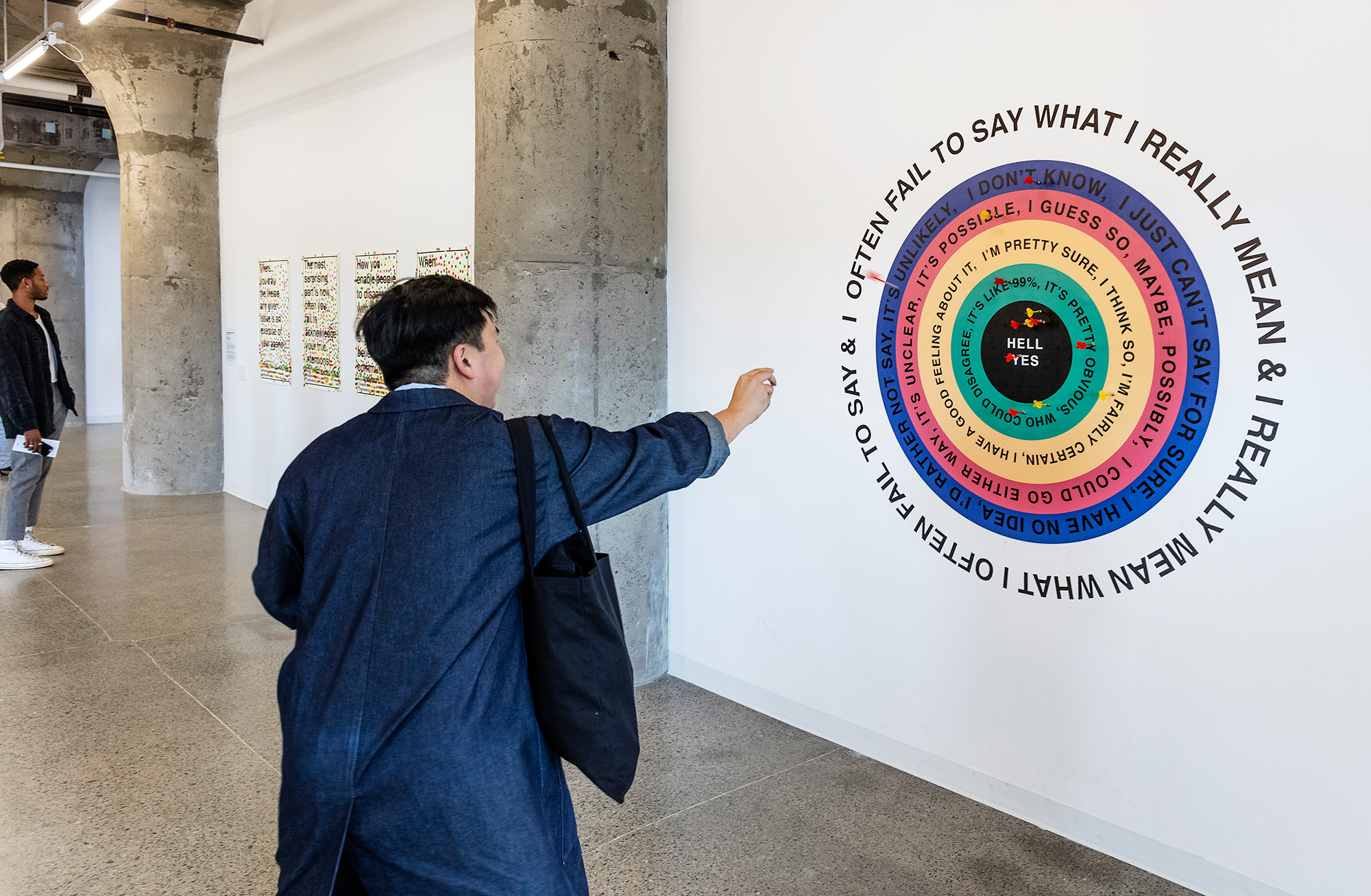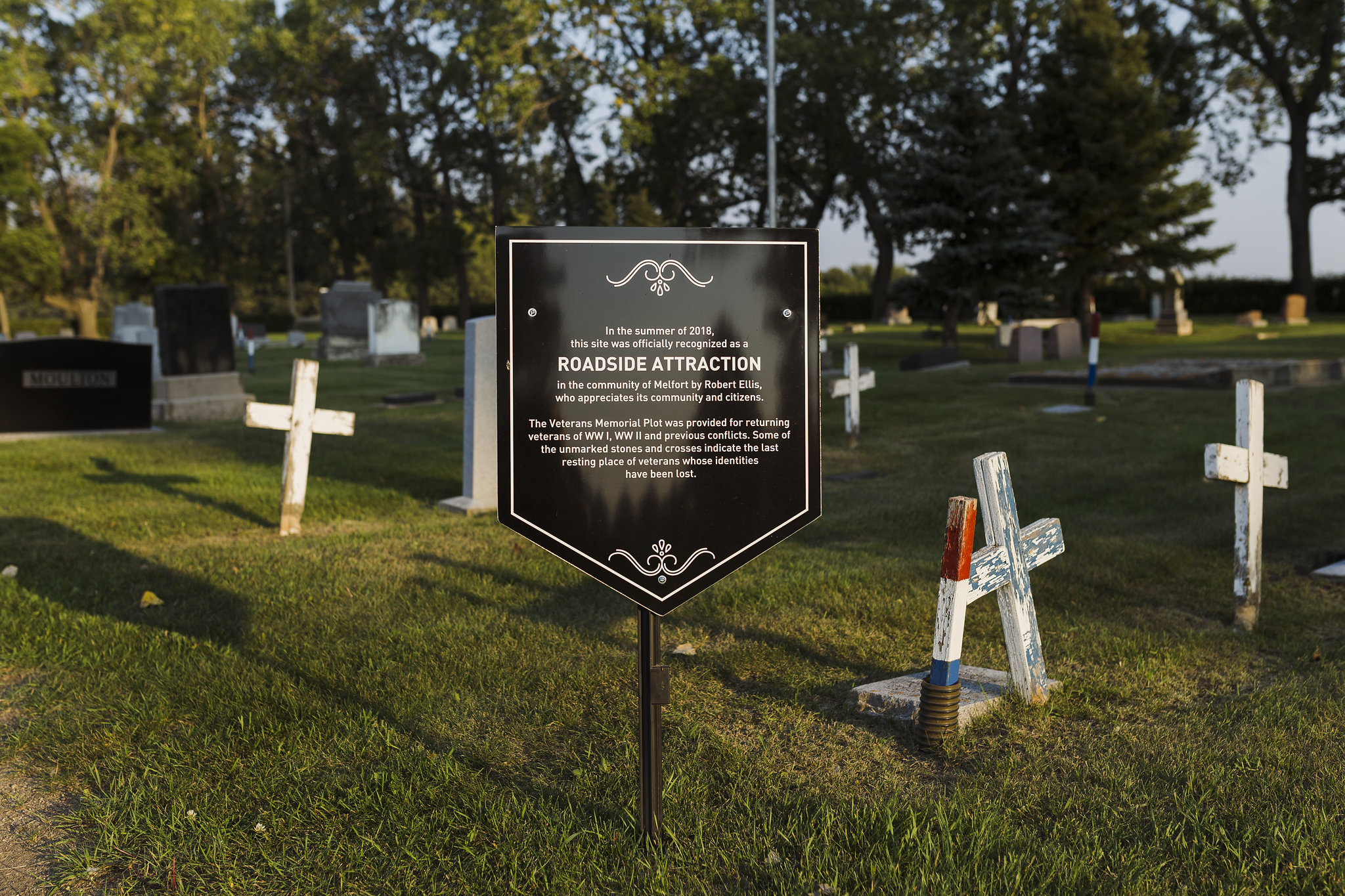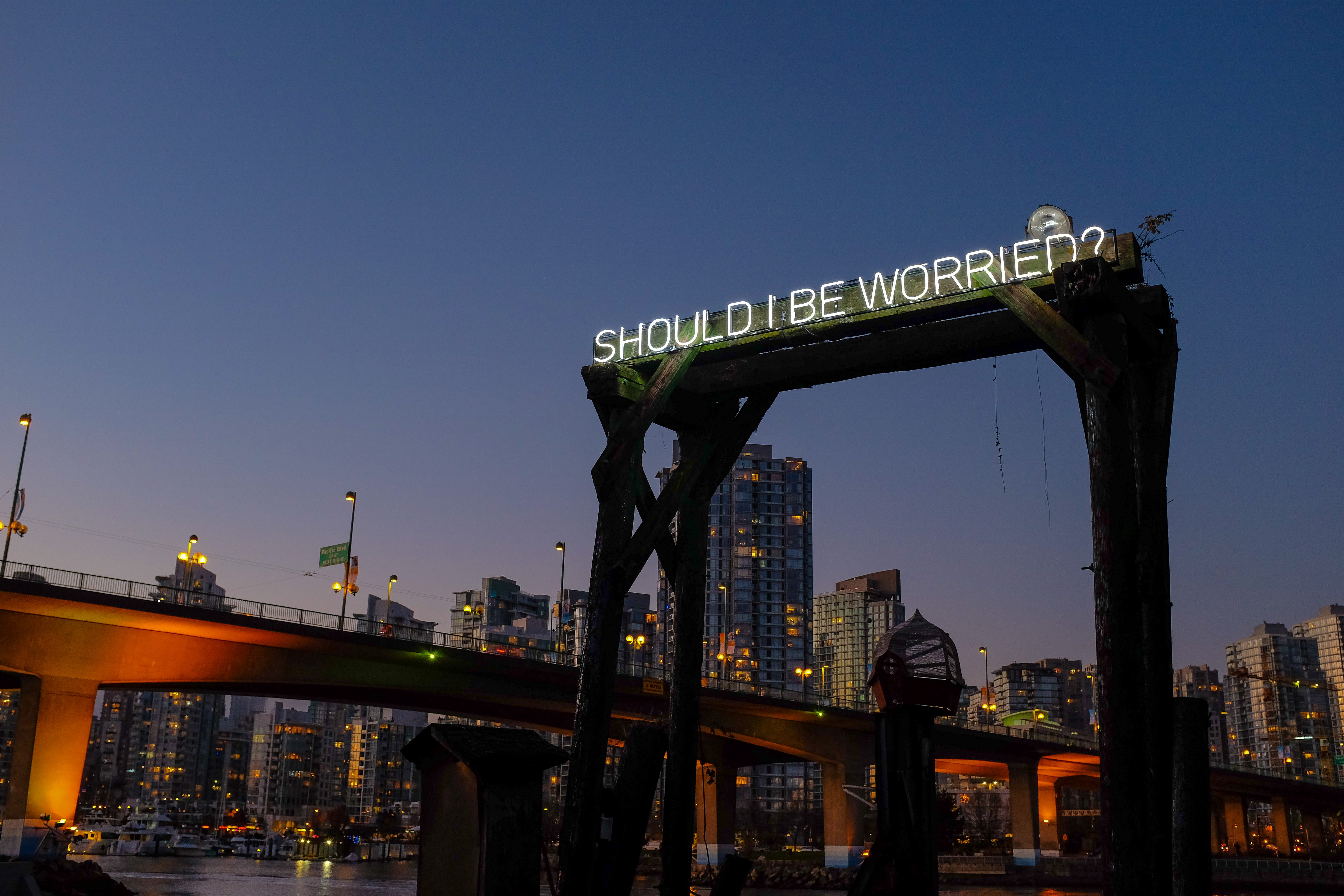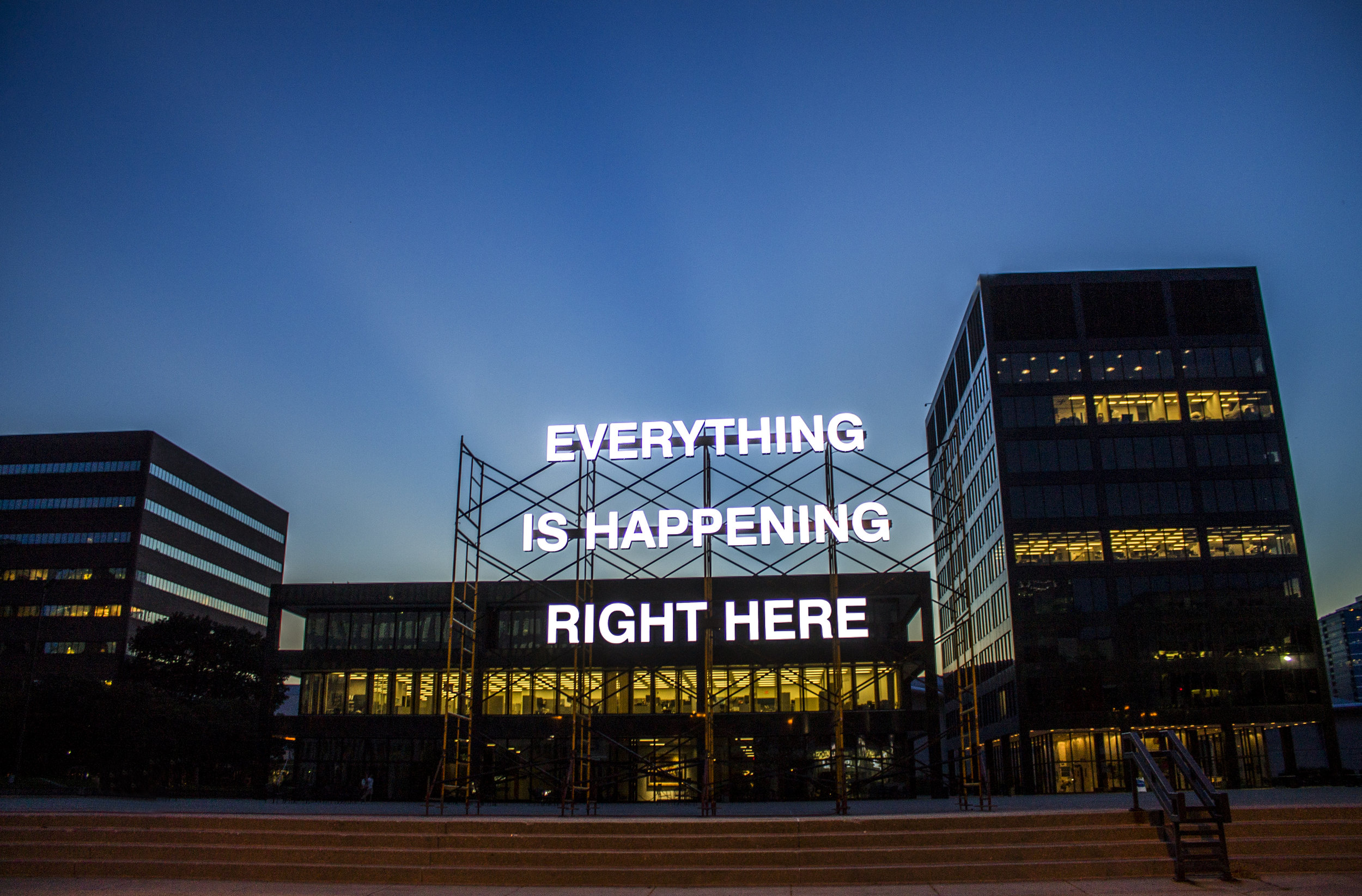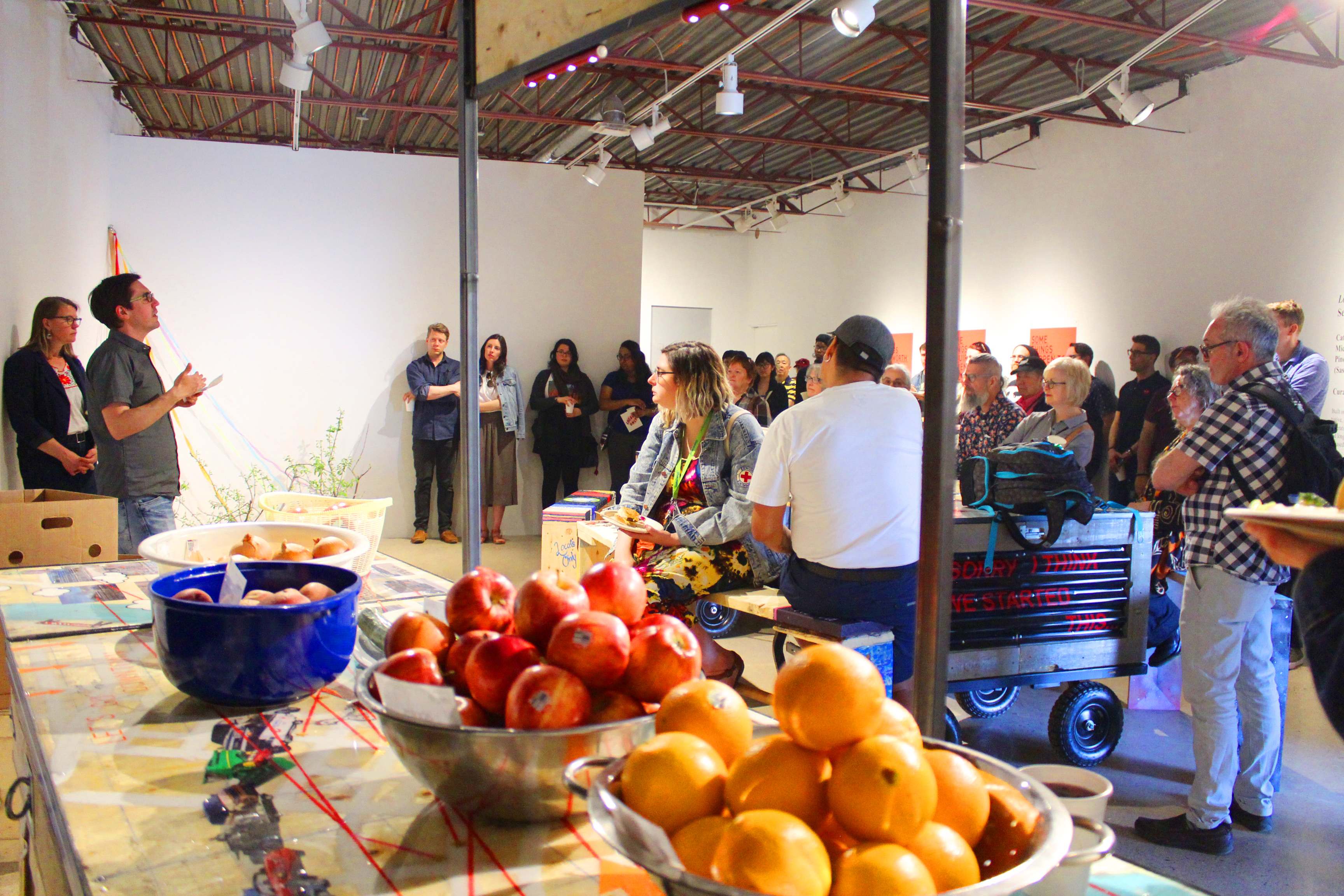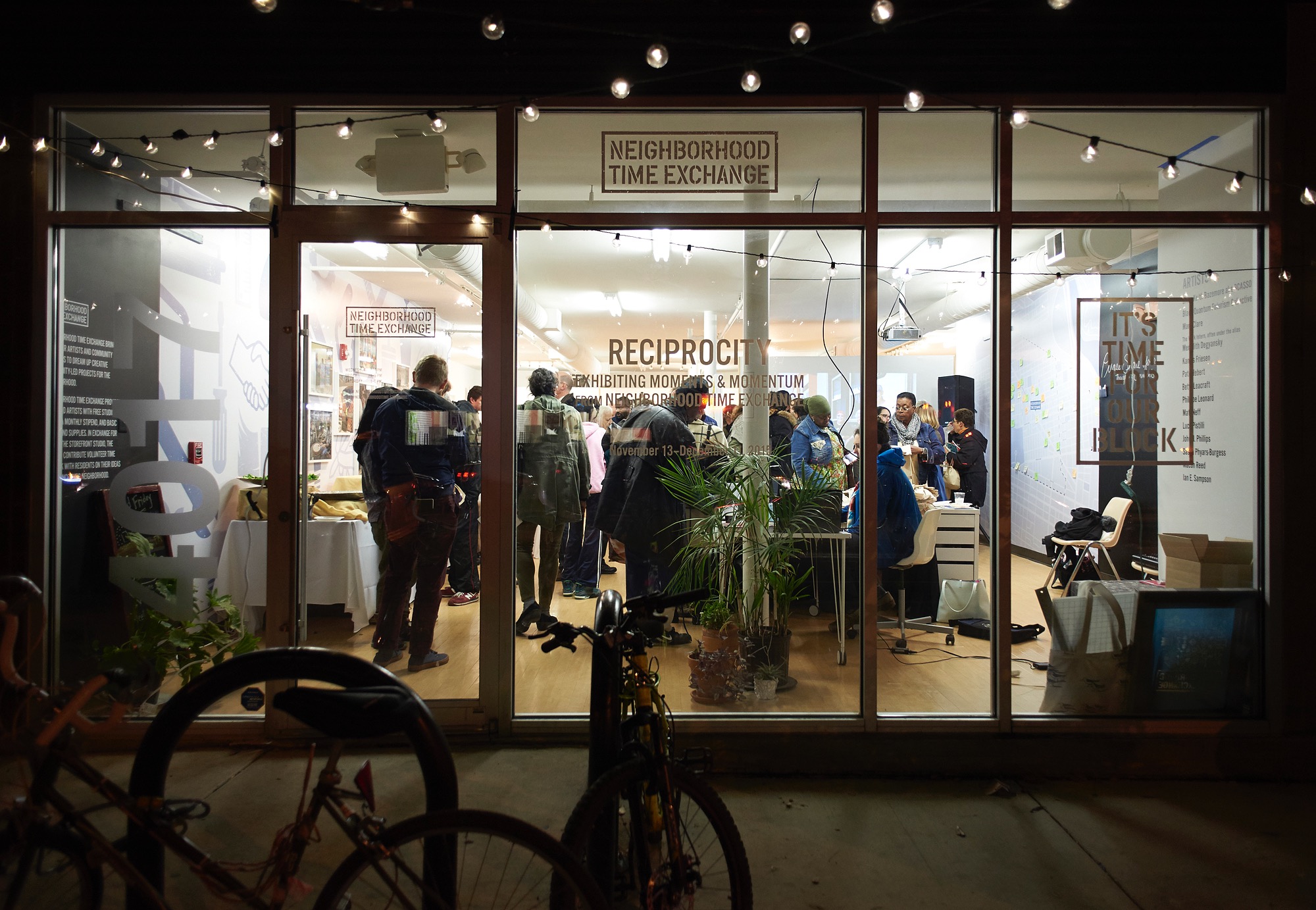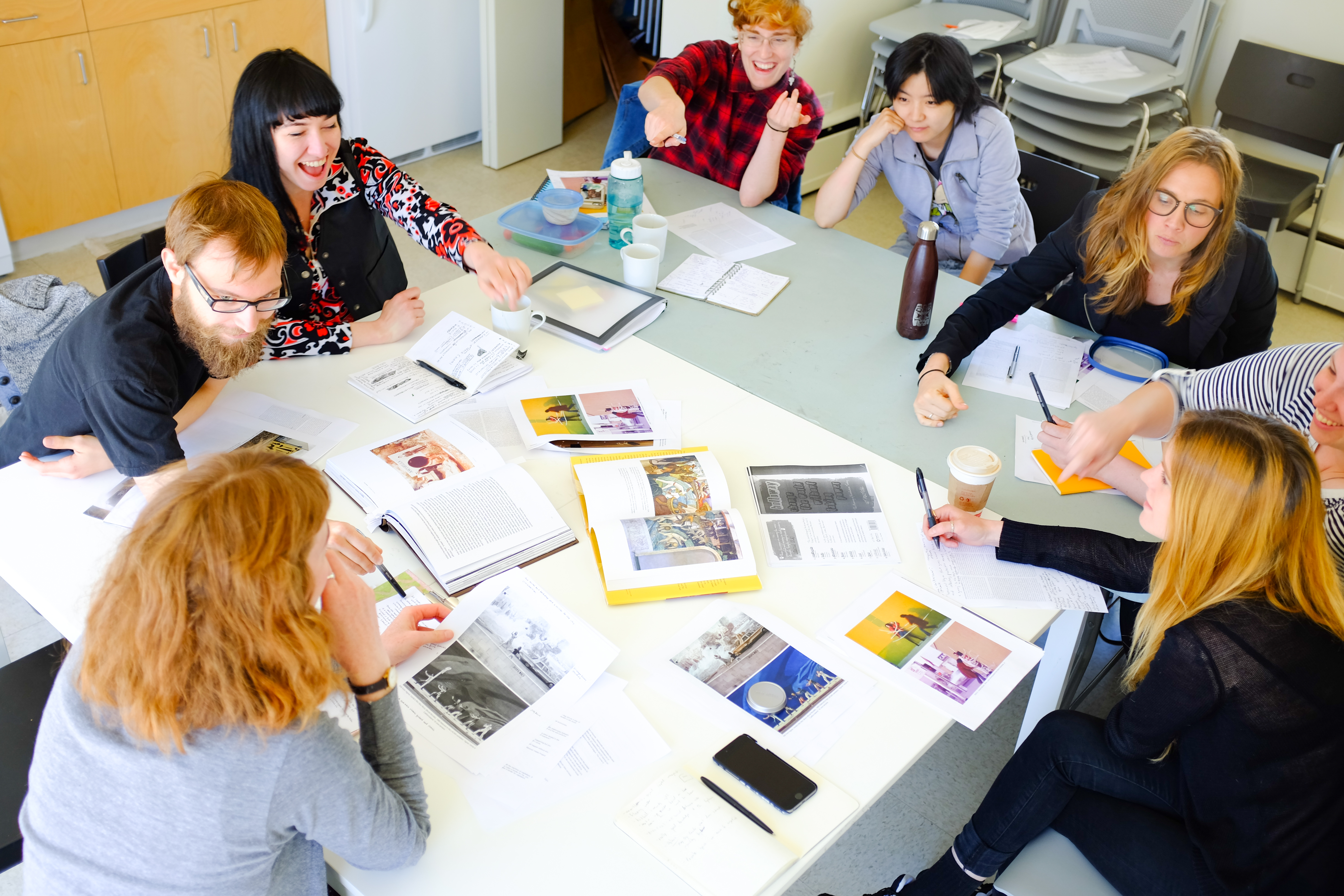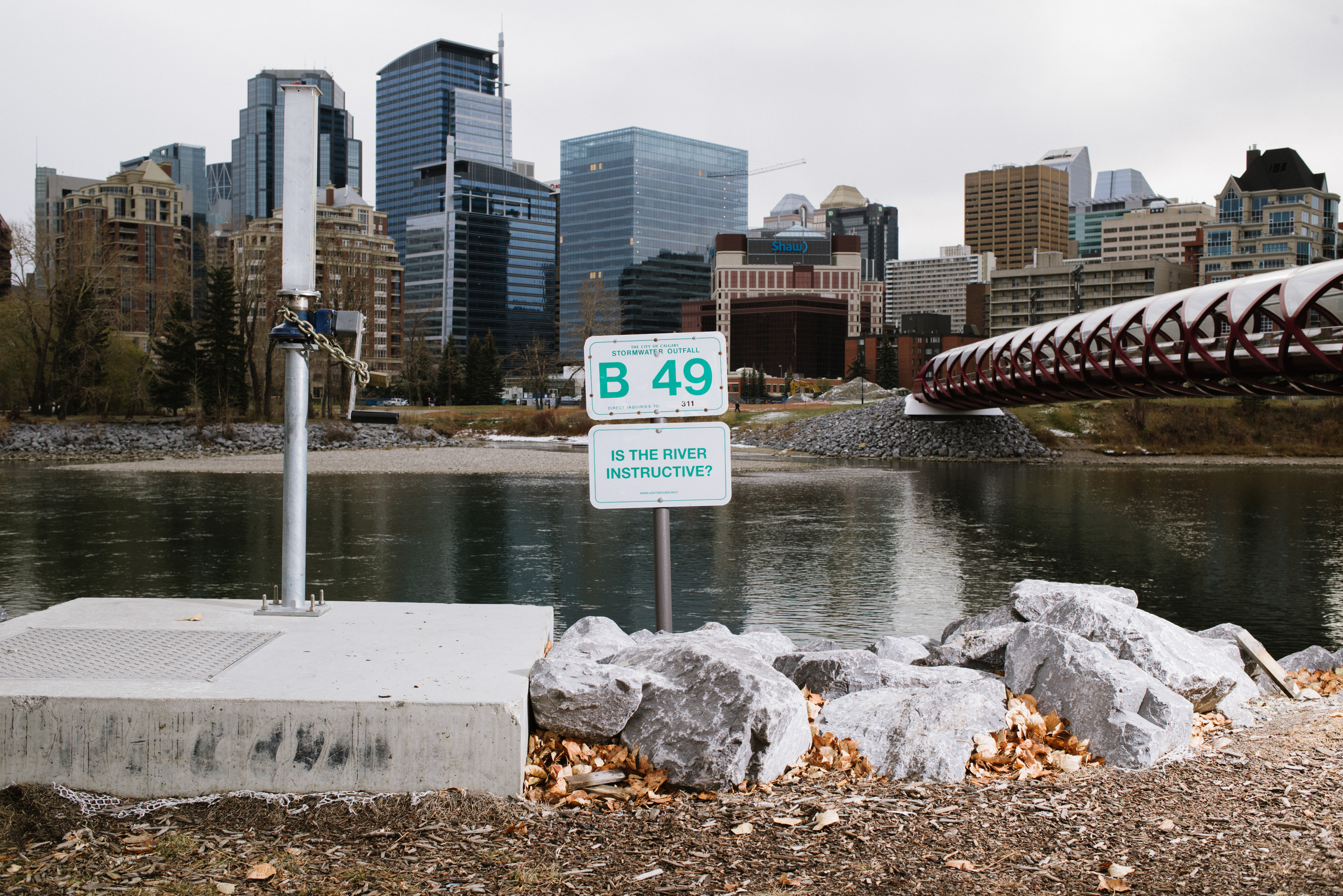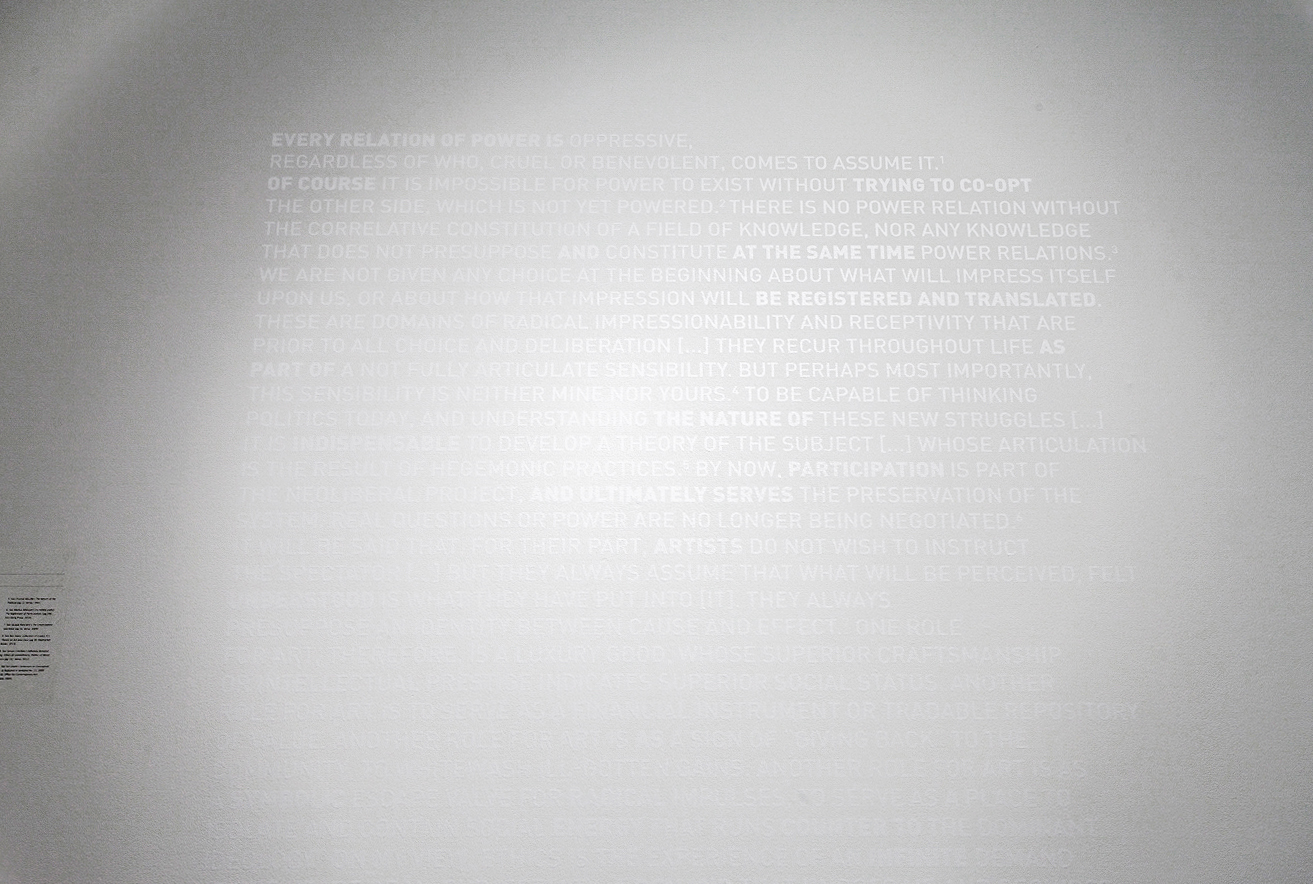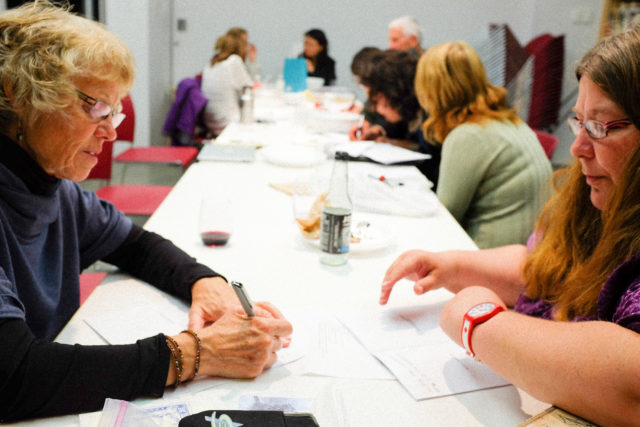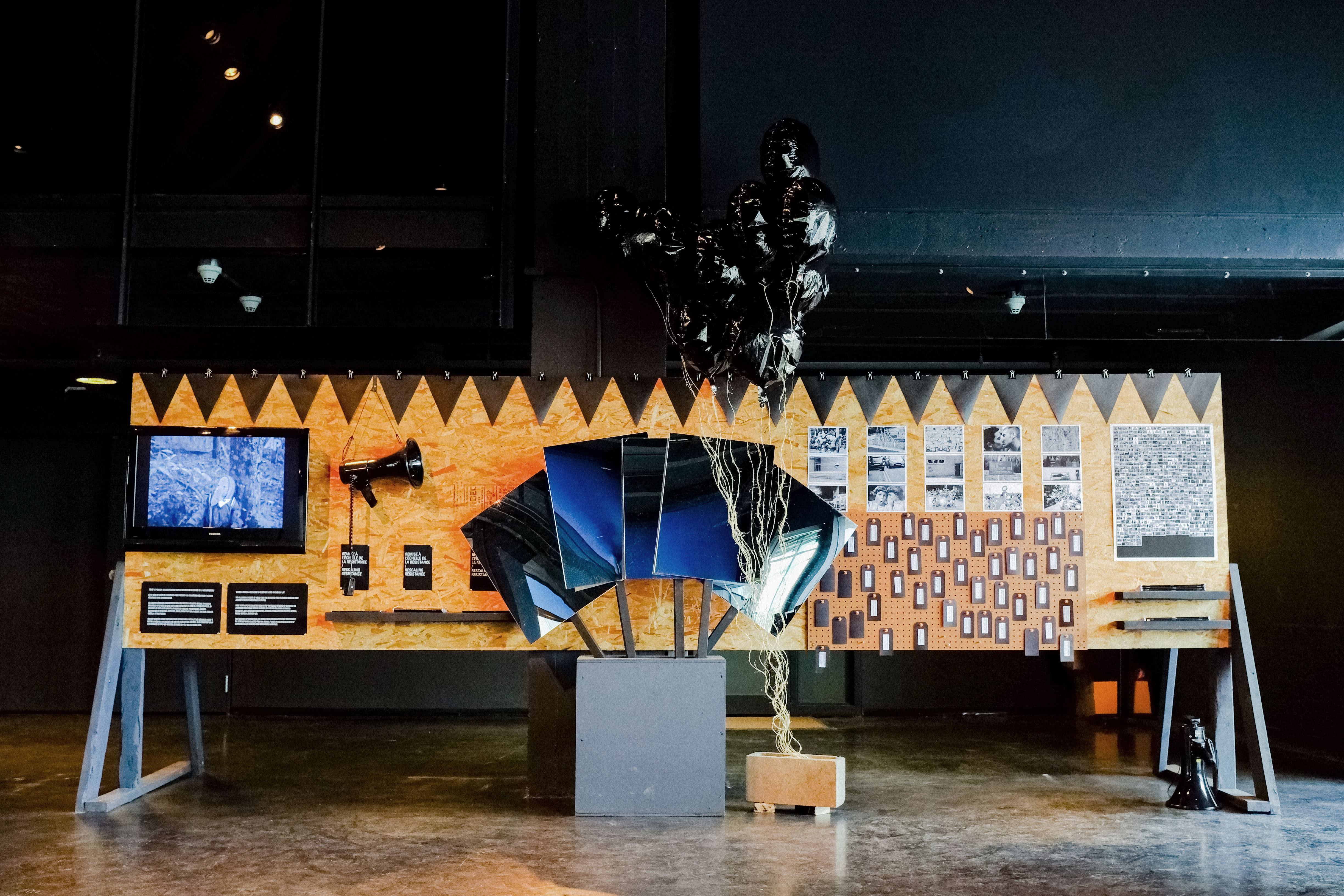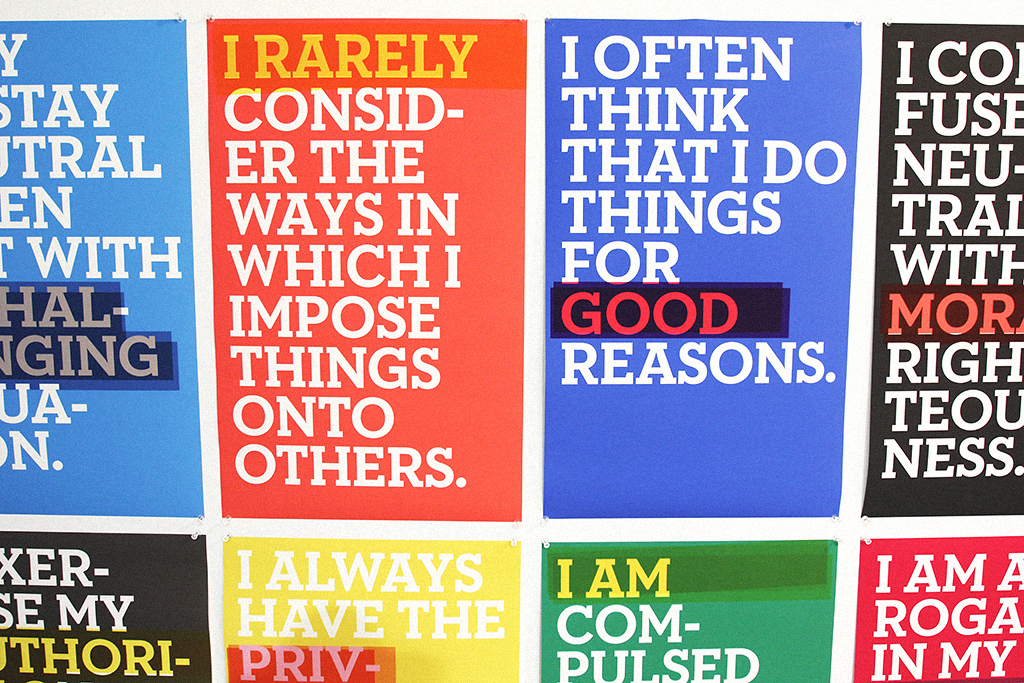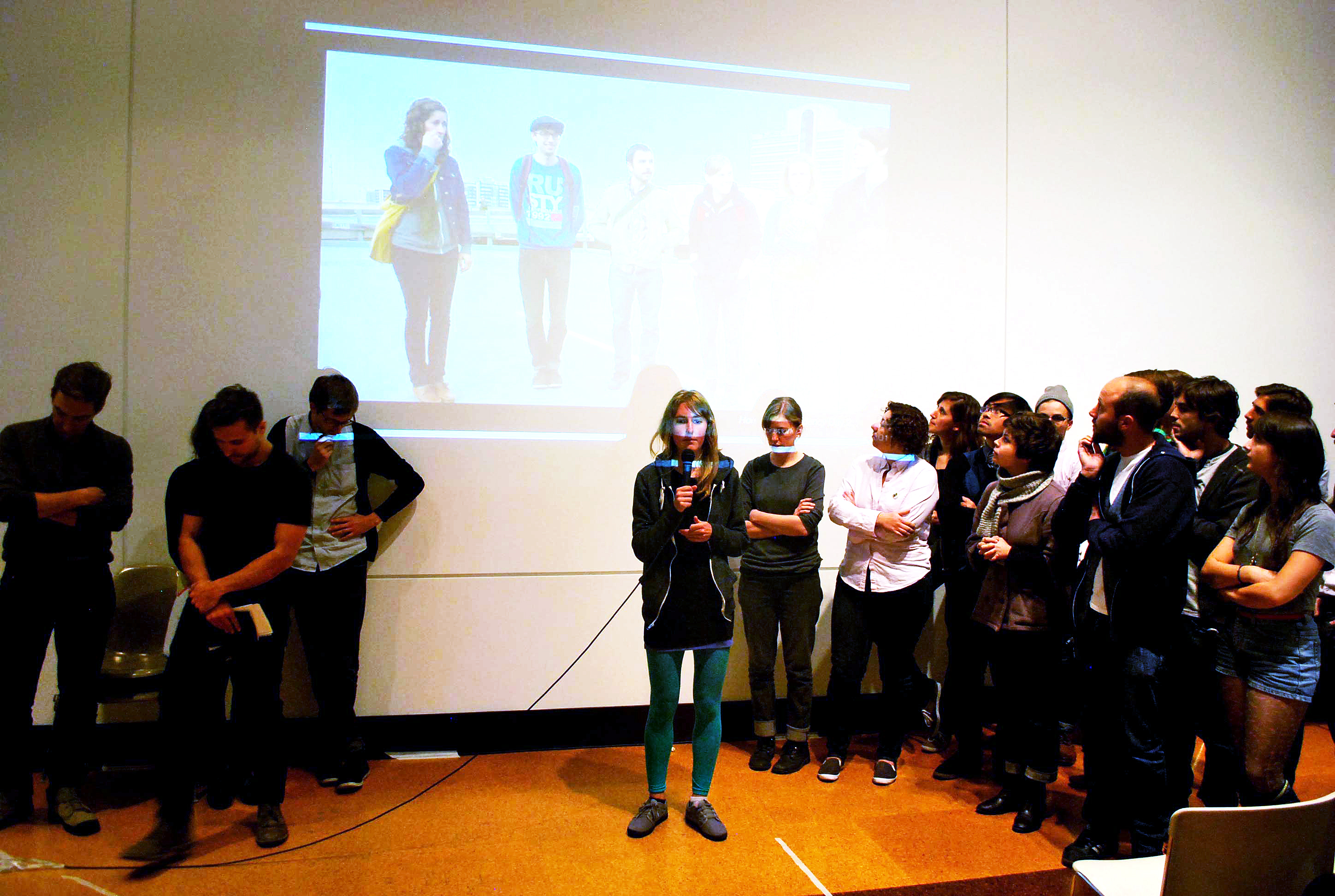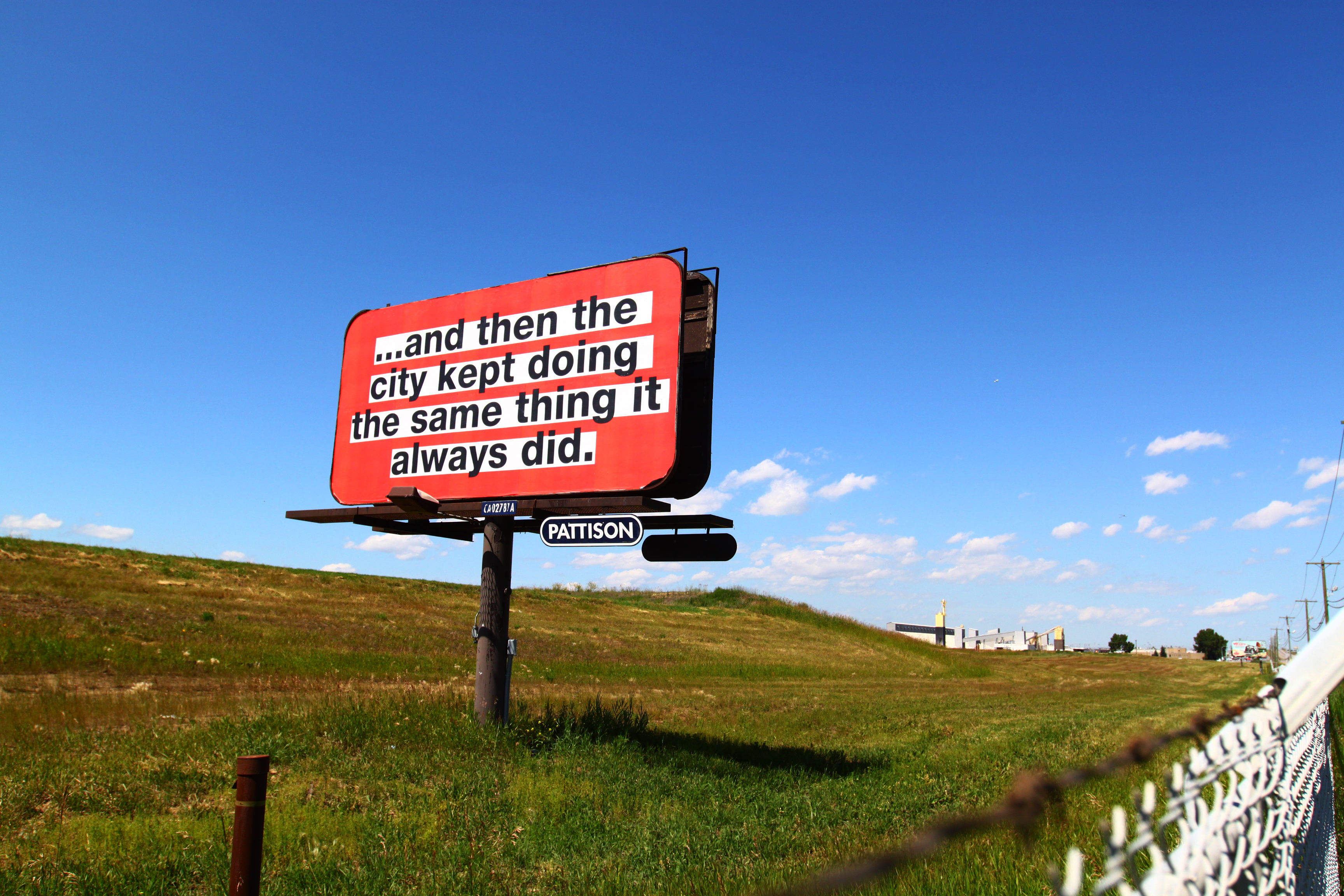
Exhibited at the Art Gallery of Grande Prairie and curated by Derrick Chang
Words are Weapons began in response to Canada’s Opioid Crisis, and the language enacted in the early 1990s war on drugs. The outcome of which was a political campaign that criminalized, instead of humanized the circumstances leading to the abuse of substances. As a result valuable resources were dedicated to policing instead of providing the necessary social support for those in need of assistance with the conditions of poverty, unemployment, low minimum wage, depression and mental health.
This exhibition aims to invite participation into the ways in which we can think about the impact of language that stigmatizes and shames. In so doing we are encouraged to consider new frameworks of care that protect the health and safety of all members within our communities. Each of these works can be taken on by the individual or the public conscience as a call to act on behalf of the common good, a term founded as a way of holding everyone accountable for the care of others in a fair and just society.





